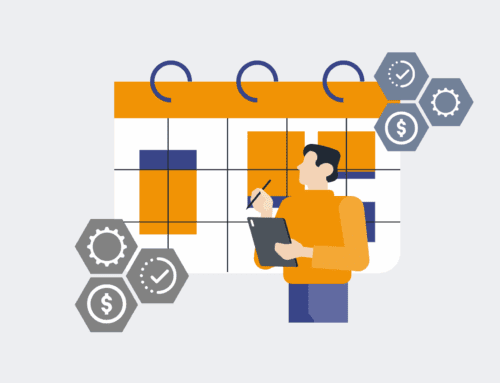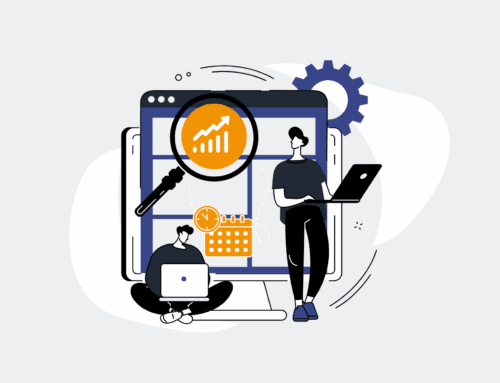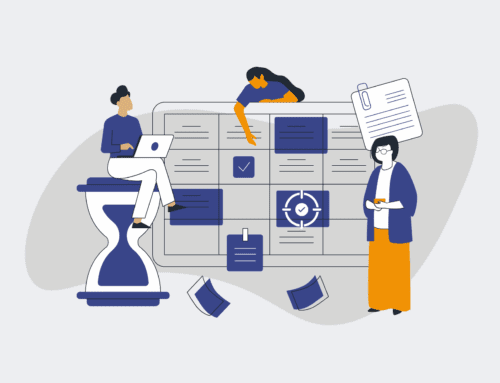The Beginner’s Guide to Setting Up Automated Interview Workflows
In today’s competitive talent landscape, the efficiency of your hiring process can be the difference between securing top talent and falling behind. Far too often, valuable HR professionals and recruiters find themselves mired in the minutiae of manual interview scheduling—a logistical labyrinth of calendar invites, email threads, and constant rescheduling. This isn’t just inefficient; it’s a drain on high-value employees who could be focusing on strategic talent engagement, and it can significantly degrade the candidate experience. At 4Spot Consulting, we understand that true productivity gains come from intelligently automating these repetitive, error-prone tasks.
The Imperative for Automation in Talent Acquisition
The shift from manual coordination to automated interview workflows isn’t merely about adopting new technology; it’s a strategic pivot. Consider the hours saved when a candidate can self-schedule an interview based on pre-defined interviewer availability, without a single email exchange. Beyond the immediate time savings—which can realistically amount to 25% of a recruiter’s day—automation brings a host of cascading benefits. It virtually eliminates scheduling conflicts, provides consistent communication, and ensures a professional, streamlined experience for every candidate. This not only bolsters your employer brand but also allows your team to dedicate their expertise to what truly matters: evaluating talent and building relationships. In a world where every minute counts, removing operational bottlenecks means your business can scale faster and more profitably.
Deconstructing the Automated Interview Workflow
An effective automated interview workflow isn’t a single tool but an integrated system designed to orchestrate the entire interview lifecycle. Breaking it down helps illustrate its power.
Intelligent Scheduling: Beyond Calendar Tetris
At the core of an automated system is intelligent scheduling. This involves connecting your Applicant Tracking System (ATS) or CRM with a scheduling platform. Once a candidate progresses to the interview stage, the system can automatically present available time slots from relevant interviewers’ calendars, accounting for time zones, meeting durations, and buffer times. The candidate selects a slot, and the system instantly books it, sends calendar invites to all participants, and even creates a dedicated virtual meeting link. This eliminates the endless back-and-forth and significantly speeds up the time-to-interview.
Streamlined Communication: Keeping Everyone Informed
Manual communication is a notorious source of dropped balls and missed opportunities. Automated workflows ensure every stakeholder—candidate, interviewer, and hiring manager—receives timely and relevant updates. This includes interview confirmations, gentle reminders before the interview, and even post-interview follow-ups. Consistent, branded communication not only reduces no-shows but also elevates the candidate experience, demonstrating your organization’s professionalism and efficiency. For candidates, this means clarity and confidence; for interviewers, it means less mental load tracking logistics.
Centralized Feedback and Evaluation
The interview process doesn’t end when the call does. Collecting structured feedback promptly is crucial for objective decision-making. Automated workflows can trigger and distribute standardized feedback forms immediately after an interview concludes. Responses are then automatically collected and consolidated within your ATS or CRM, providing a comprehensive, easily digestible overview for hiring managers. This accelerates decision-making, reduces bias, and ensures all evaluations are based on consistent criteria.
The Strategic First Steps to Implementation
While the benefits are clear, implementing automated interview workflows requires a strategic approach, not just a technical one. Much like our OpsMap™ framework, the first step is always to understand your current state.
Defining Your Current Process and Pain Points
Before you automate anything, map out your existing interview scheduling process. Where are the manual touchpoints? What causes delays? Which steps are prone to human error? Identifying these specific pain points will guide your automation efforts and ensure you’re solving real problems, not just digitizing inefficiencies. This foundational understanding is critical for building a system that truly saves time and adds value.
Selecting the Right Technology Stack
The beauty of modern automation is interoperability. You’ll likely integrate your existing ATS/CRM (like Keap or HighLevel) with a dedicated scheduling tool (e.g., Calendly, Acuity Scheduling) and a robust automation platform like Make.com. The key is to choose tools that can “talk” to each other, creating a seamless flow of data and actions. Avoid isolated solutions that create new silos; instead, aim for a cohesive ecosystem that supports your entire hiring journey.
Piloting and Iterating
Don’t attempt to automate your entire hiring process overnight. Start with a pilot program for a specific role or department. Test the workflow, gather feedback from users and candidates, and iterate. Automation is not a one-and-done solution; it’s an ongoing process of optimization. By starting small, you can identify and refine your processes, ensuring a smooth rollout when you scale up.
The Future is Now: Integrating AI for Smarter Workflows
As you master the basics of automation, the next frontier is integrating AI. Imagine AI-driven tools analyzing resumes for key skills and experience, intelligently matching candidates to interviewers based on specific expertise, or even performing initial screening interviews through conversational AI. These advanced applications take the heavy lifting of talent acquisition to an entirely new level, freeing your human experts to focus on complex problem-solving and nurturing relationships. This is where strategic advantage truly lies—not just in doing things faster, but in doing them smarter.
Transforming Your Talent Acquisition Strategy with Automation
Implementing automated interview workflows isn’t just about cutting costs; it’s about transforming your talent acquisition strategy into a proactive, efficient, and candidate-centric engine. It empowers your team to move from administrative overhead to strategic influence, ultimately leading to better hires, reduced time-to-hire, and a stronger employer brand. For high-growth B2B companies, this strategic embrace of automation and AI isn’t optional—it’s foundational to sustainable scalability and success. It allows you to focus on what only humans can do best: connect, inspire, and make pivotal decisions, while the machines handle the rest.
If you would like to read more, we recommend this article: Mastering AI-Powered Interview Scheduling for Strategic Talent Acquisition









